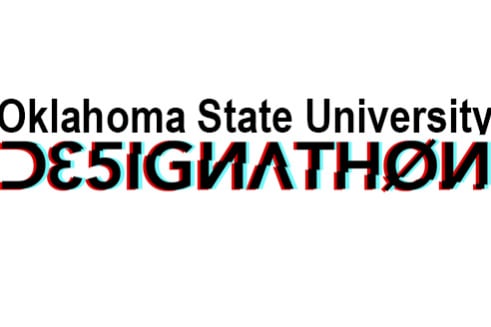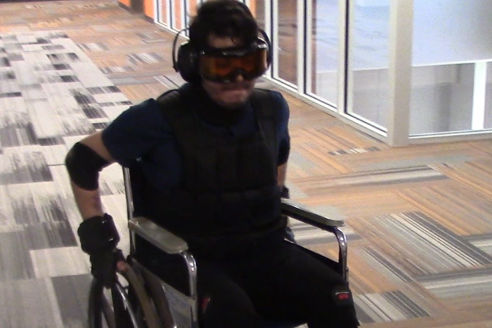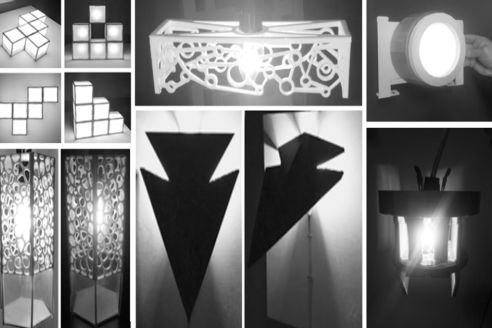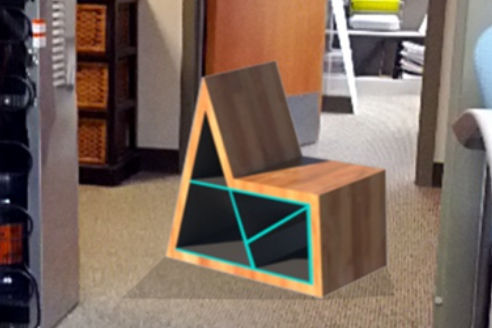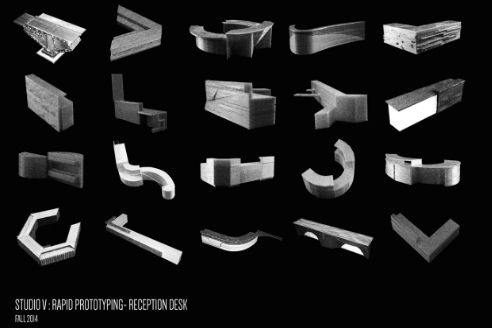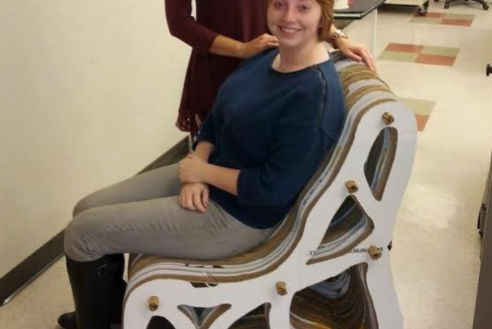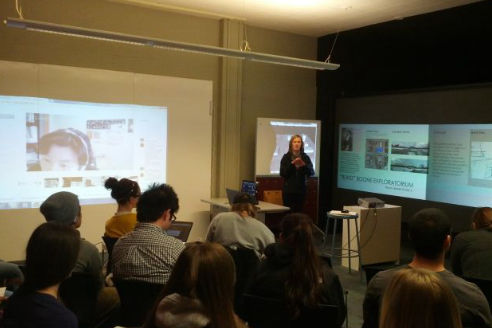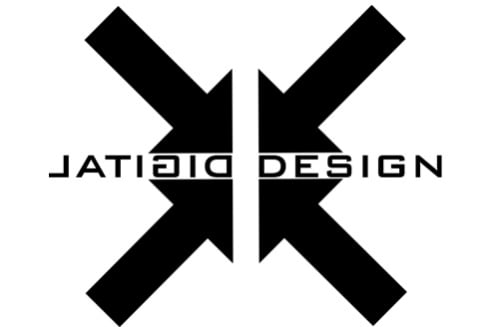
Graduate Program in Digital Design
I created the Graduate Program in Digital Design at Oklahoma State University, offering advanced training in VR, AR, and AI. With flexible online and onsite options, it includes research and design thesis tracks and an accelerated master’s pathway, preparing graduates for leadership in academia, industry, and digital innovation.
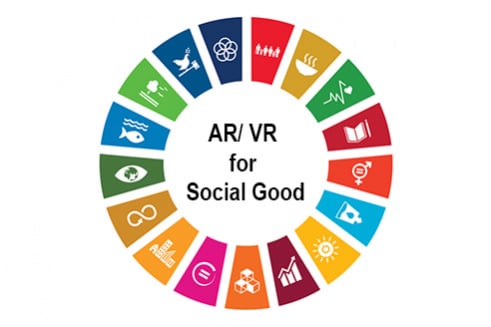
AR/VR for Social Good
In this class, students explore the UN Sustainable Development Goals and use them as a foundation to design and develop VR and AR applications. The focus is on leveraging immersive technologies to address global challenges, promote sustainability, and drive meaningful social impact.

Global Education
I actively support global education initiatives, fostering international collaboration, including partnerships with institutions in Mexico. I also enhance students' global perspectives by organizing educational trips to cultural and design hubs like London and Paris, providing hands-on learning experiences in a global context.
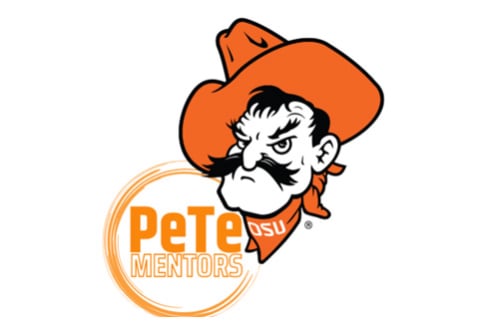
PeTe Mentors
The PeTe (Peer Teaching) Mentors Program was developed to fosters student retention, collaboration, and belonging through peer-led workshops and cross-year interactions, enhancing the educational experience with innovative leadership.
